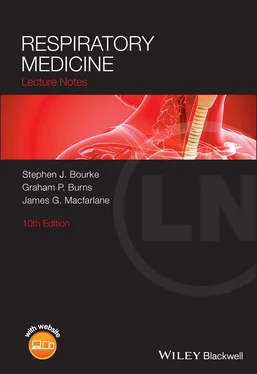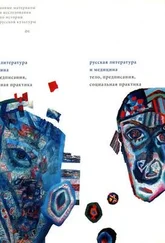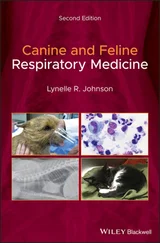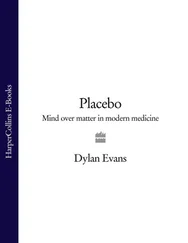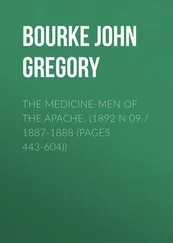There have been truly remarkable advances in respiratory medicine over the last 7 years since the previous edition: immunotherapy for lung cancer, monoclonal antibodies for asthma, CFTR modulator therapy for cystic fibrosis and antifibrotic medications for pulmonary fibrosis. New challenges have arisen with a global pandemic of a novel coronavirus SARS‐CoV‐2.
As Respiratory Medicine: Lecture Notes moves towards its half‐century in this 10th edition, the text has been revised and expanded to provide a concise up‐to‐date summary of respiratory medicine for undergraduate students and junior doctors preparing for postgraduate examinations. A particular feature of respiratory medicine in recent years has been multidisciplinary teamwork, utilising skills from a variety of disciplines to provide the best care for patients with respiratory diseases. This book should be useful to colleagues such as physiotherapists, lung function physiologists and respiratory nurse specialists. The emphasis of the book has always been on practical information that is useful and relevant to everyday clinical medicine, and the 10th edition remains a patient‐based book to be read before and after visits to the wards and clinics where clinical medicine is learnt and practised. As Respiratory Medicine: Lecture Notes has developed over time, students have become teachers and continue to learn by teaching. Each successive generation adds to our understanding and builds on the knowledge of predecessors.
We remain grateful to our teachers and their teachers, and we pass on our evolving knowledge of respiratory medicine to our students and their students.
S.J. Bourke
G.P Burns
J.G. Macfarlane
About the Companion Website
This book is accompanied by a website containing:
www.wiley.com/go/bourke/respiratory10e 
Interactive multiple choice questions
Figures from the book as PowerPoint slides
Key points from the book as PDFs
Part 1 Structure and function
1 Anatomy and physiology of the lungs
The anatomy and physiology of the respiratory system are designed in such a way as to bring air from the atmosphere and blood from the circulation into close proximity across the alveolar capillary membrane. This facilitates the exchange of oxygen and carbon dioxide between the blood and the outside world.
A brief revision of clinically relevant anatomy
Bronchial tree and alveoli
The tracheahas cartilaginous horseshoe‐shaped ‘rings’ supporting its anterior and lateral walls. The posterior wall is flaccid and bulges forward during coughing, for example. This results in narrowing of the lumen, which increases the shearing force from the moving air on the mucus lying on the tracheal walls.
The trachea divides into the right and left main bronchi at the level of the sternal angle (angle of Louis). The left main bronchusis longer than the right and leaves the trachea at a more abrupt angle. The right main bronchusis more directly in line with the trachea, so that inhaled material tends to enter the right lung more readily than the left.
The main bronchi divide into lobar bronchi(upper, middle and lower on the right; upper and lower on the left) and then segmental bronchi, as shown in Fig. 1.1. The position of the lungs in relation to external landmarks is shown in Fig. 1.2. Bronchiare airways with cartilage in their walls, and there are about 10 divisions of bronchi beyond the tracheal bifurcation. Smaller airways without cartilage in their walls are referred to as bronchioles. Respiratory bronchiolesare peripheral bronchioles with alveoli in their walls. Bronchioles immediately proximal to alveoli are known as terminal bronchioles. In the bronchi, smooth muscle is arranged in a spiral fashion internal to the cartilaginous plates. The muscle coat becomes more complete distally as the cartilaginous plates become more fragmentary.
The epithelial lining is ciliated and includes goblet cells. The cilia beat with a whip‐like action, and waves of contraction pass in an organised fashion from cell to cell so that material trapped in the sticky mucus layer above the cilia is moved upwards and out of the lung. This ‘mucociliary escalator’ is an important part of the lung’s defences. Larger bronchi also have acinar mucus‐secreting glands in the submucosa; these are hypertrophied in chronic bronchitis.
Alveoliare about 0.1– 0.2 mm in diameter and are lined by a thin layer of cells, of which there are two types: type I pneumocytes have flattened processes that extend to cover most of the internal surface of the alveoli; type II pneumocytes are less numerous and contain lamellated structures, which are concerned with the production of surfactant ( Fig. 1.3). There is a potential space between the alveolar cells and the capillary basement membrane, which is only apparent in disease states, when it may contain fluid, fibrous tissue or a cellular infiltrate.
The lungs receive a blood supply from both the pulmonary circulation and the systemic circulation, via bronchial arteries. The purpose of the pulmonary circulation is to take the entire circulating volume of (deoxygenated) blood through the lungs in order to pick up oxygen and offload carbon dioxide. The bronchial arteries carry oxygenated blood from the systemic circulation to supply the tissues of the lung.
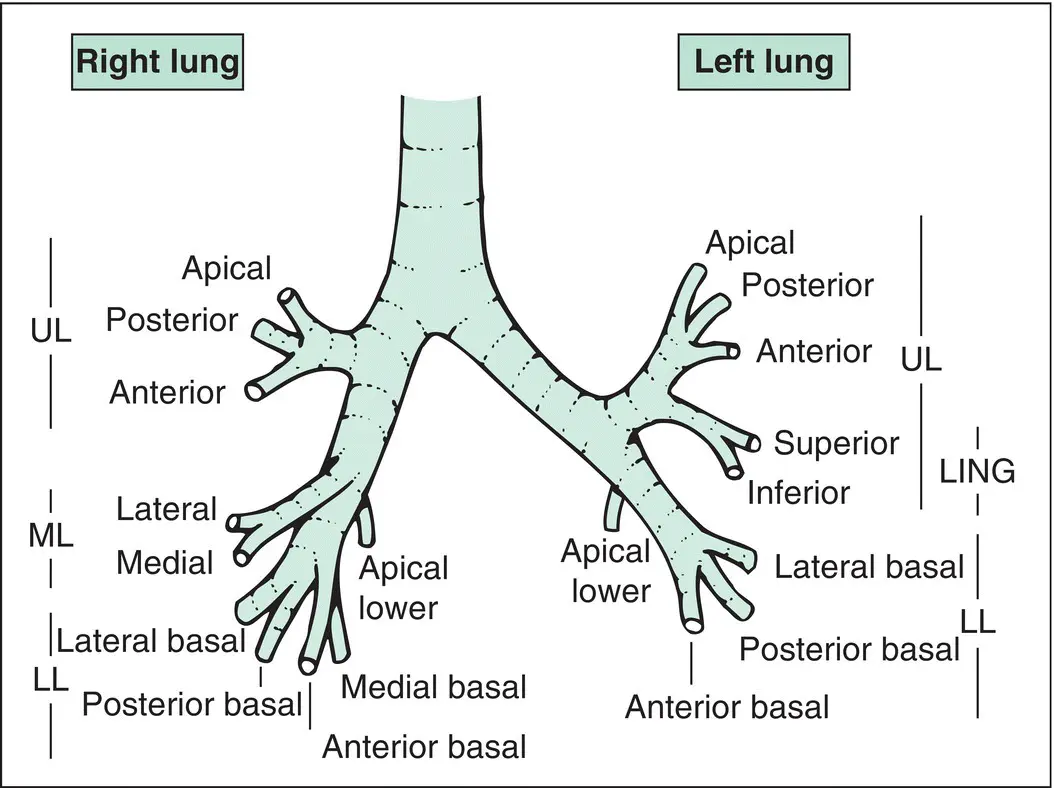
Figure 1.1 Diagram of bronchopulmonary segments. LING, lingula; LL, lower lobe; ML, middle lobe; UL, upper lobe.
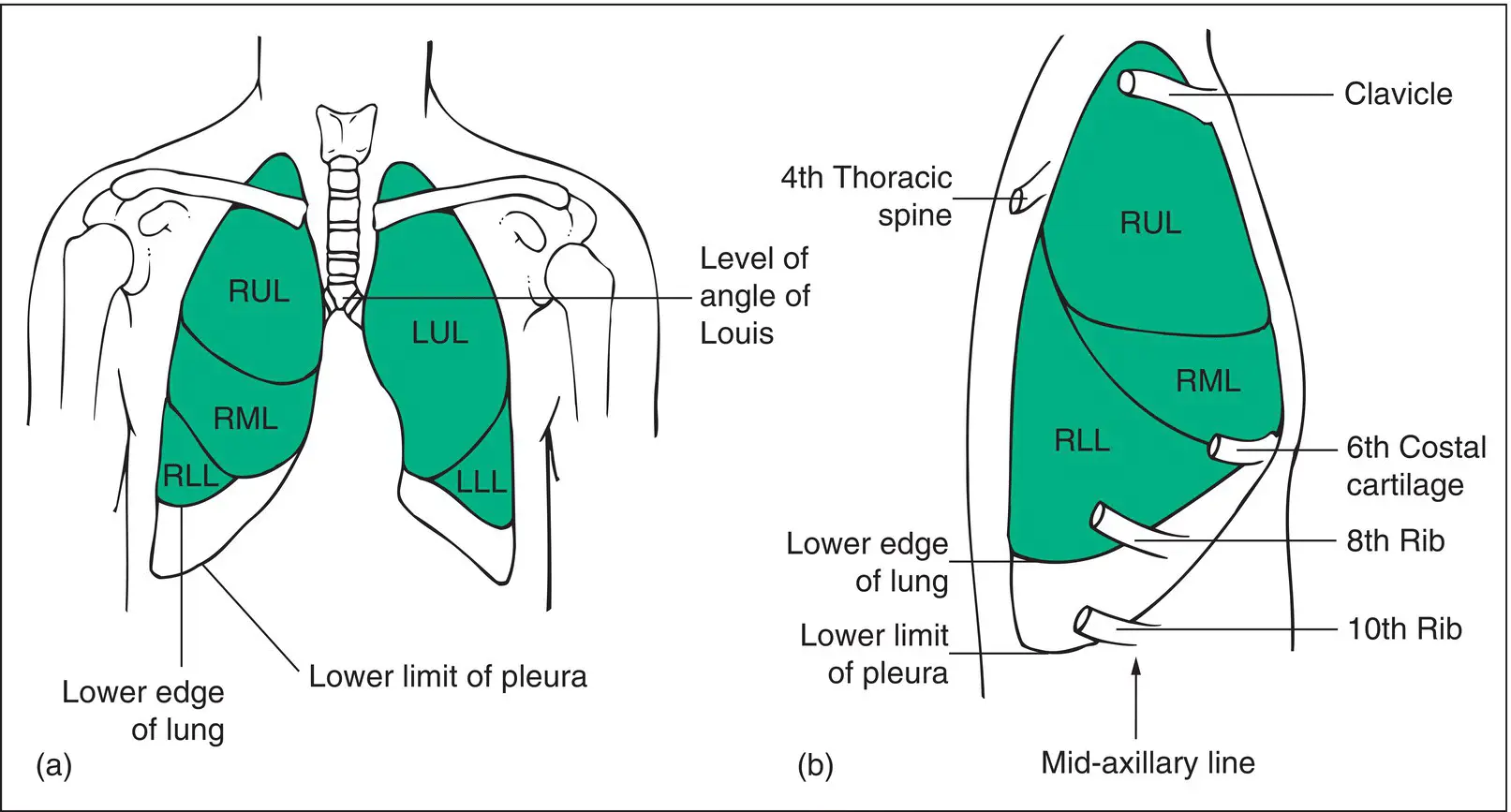
Figure 1.2 Surface anatomy. (a) Anterior view of the lungs. (b) Lateral view of the right side of the chest at resting end‐expiratory position. LLL, left lower lobe; LUL, left upper lobe; RLL, right lower lobe; RML, right middle lobe; RUL, right upper lobe.
The pulmonary arteryarises from the right ventricle and divides into left and right pulmonary arteries, which further divide into branches accompanying the bronchial tree. The pulmonary capillary network in the alveolar walls is very dense and provides a very large surface area for gas exchange. The pulmonary venules drain laterally to the periphery of lung lobules and then pass centrally into the interlobular and intersegmental septa, ultimately joining together to form the four main pulmonary veins, which empty into the left atrium.
Several small bronchial arteriesusually arise from the descending aorta and travel in the outer layers of the bronchi and bronchioles, supplying the tissues of the airways down to the level of the respiratory bronchiole. Most of the blood drains into radicles of the pulmonary vein, contributing a small amount of desaturated blood, which accounts for part of the ‘physiological shunt’ (blood passing through the lungs without being oxygenated) observed in normal individuals. The bronchial arteries may undergo hypertrophy when there is chronic pulmonary inflammation, and major haemoptysis in diseases such as bronchiectasis or aspergilloma usually arises from the bronchial rather than the pulmonary arteries and may be treated by therapeutic bronchial artery embolisation. The pulmonary circulation normally offers a much lower resistance and operates at a lower perfusion pressure than the systemic circulation. The pulmonary capillaries may be compressed as they pass through the alveolar walls if alveolar pressure rises above capillary pressure.
Читать дальше
